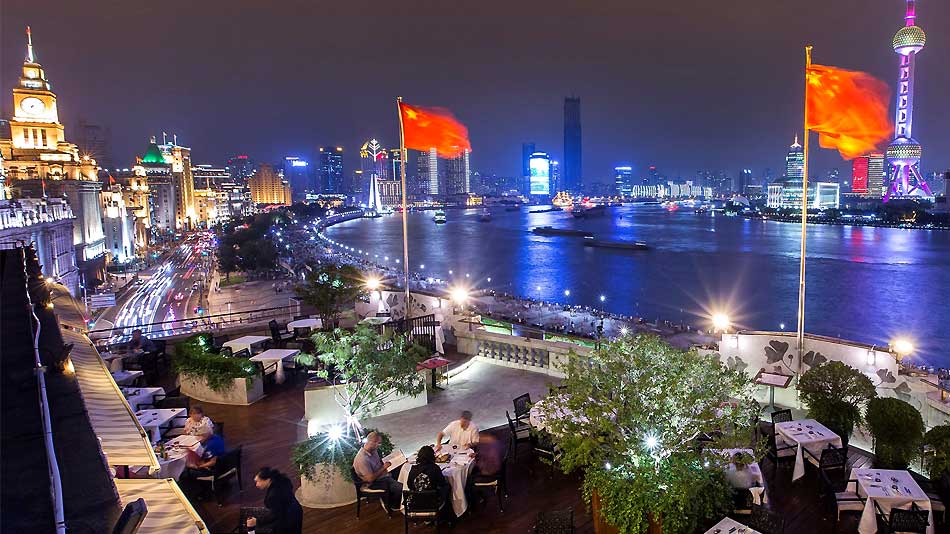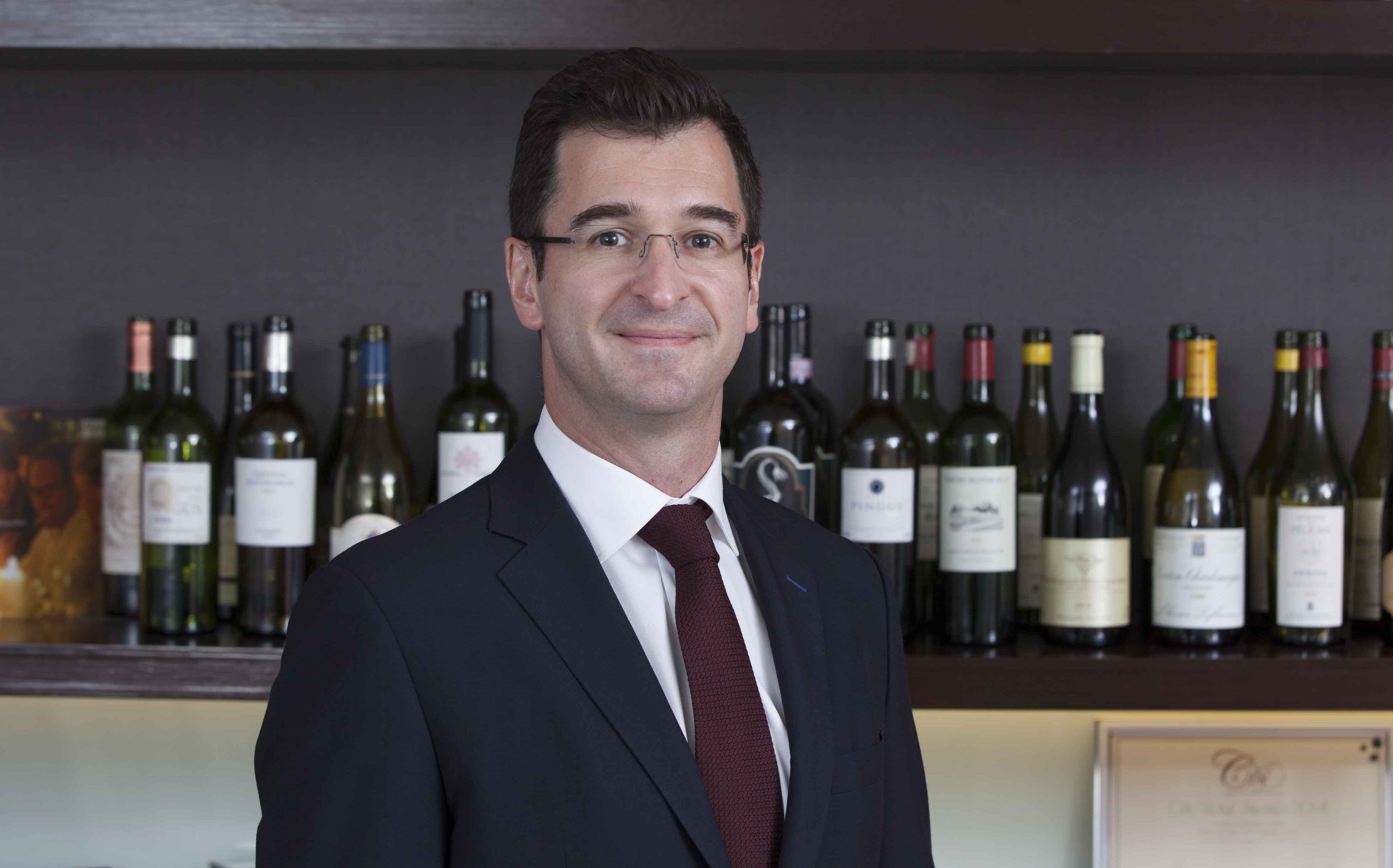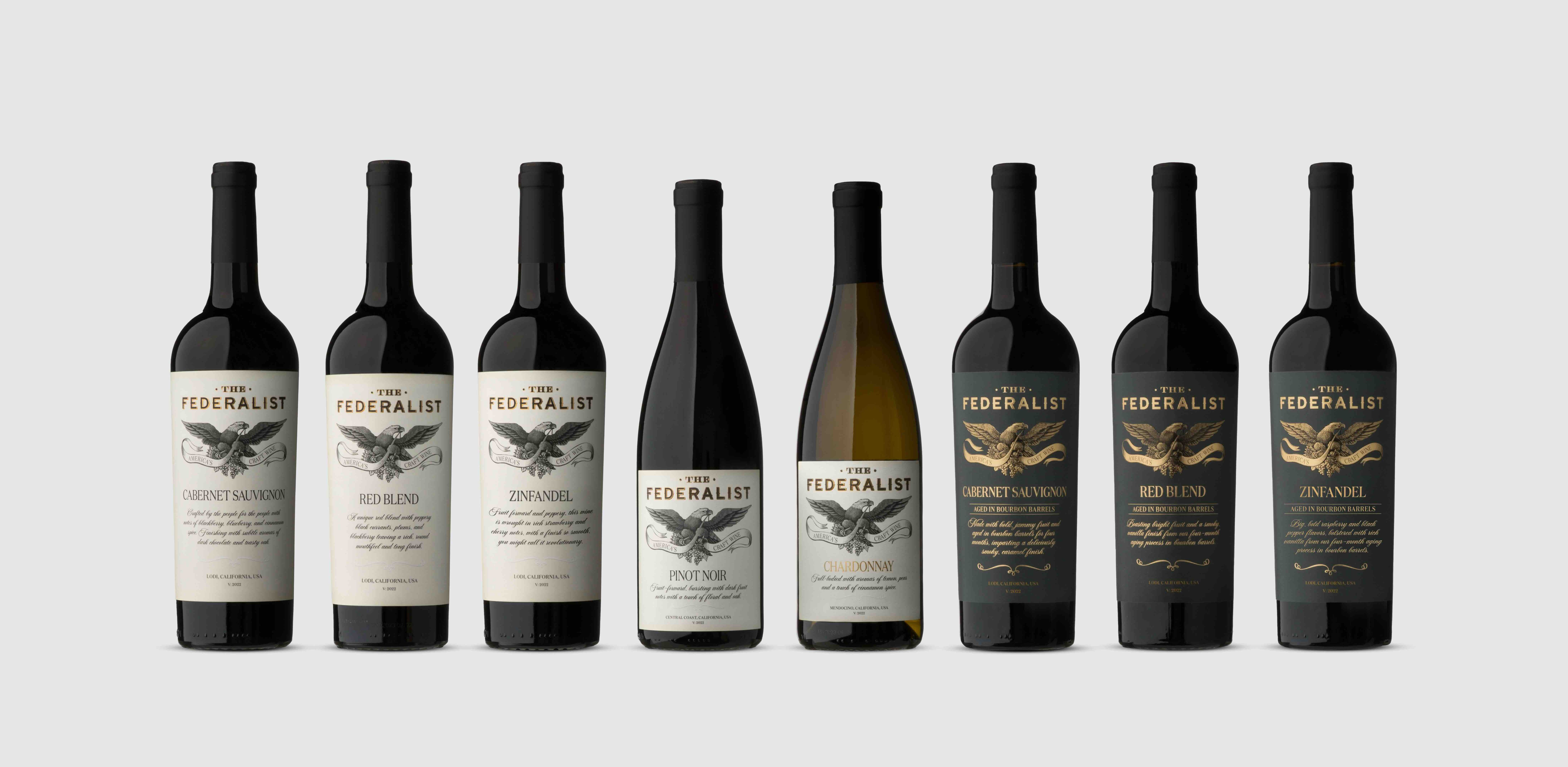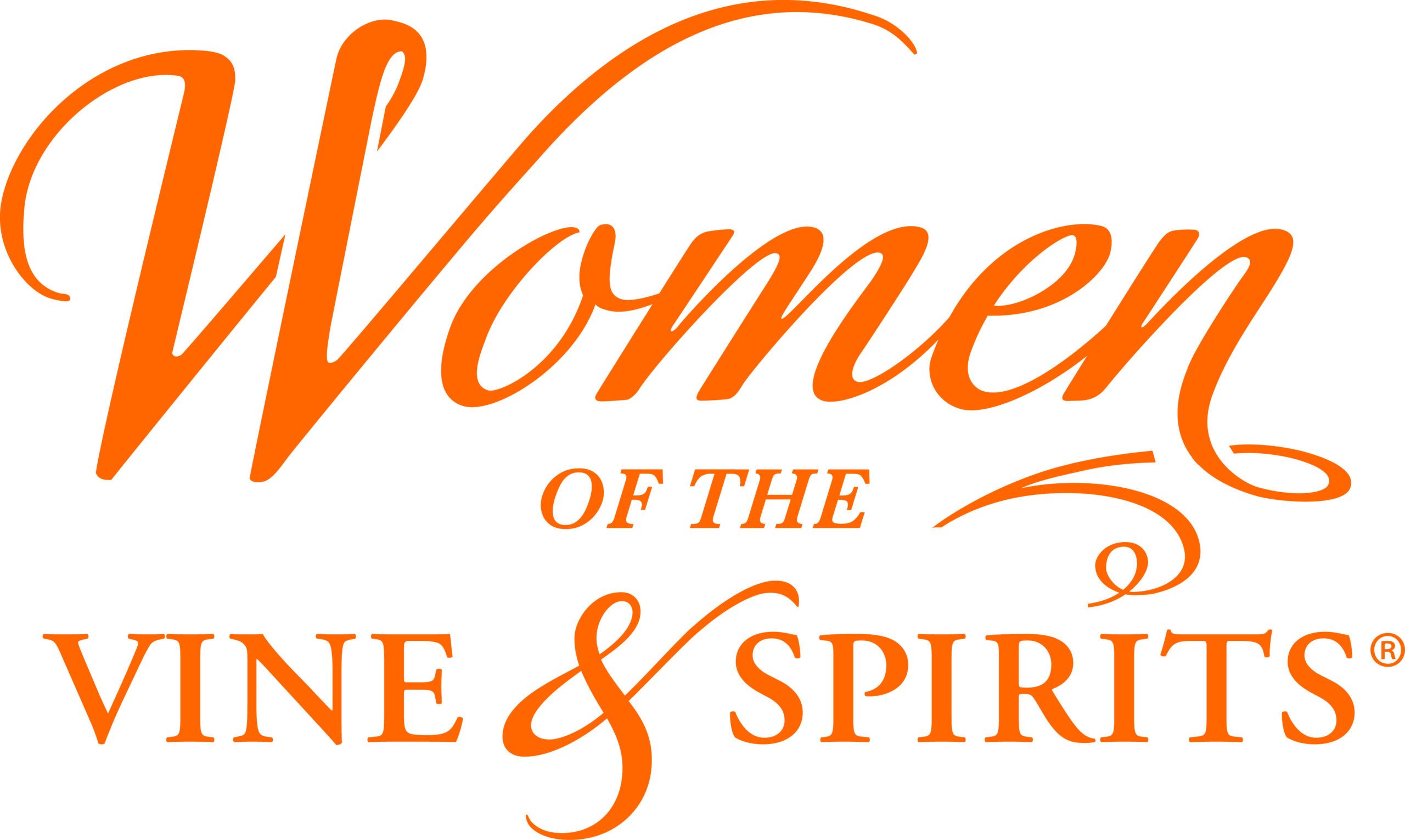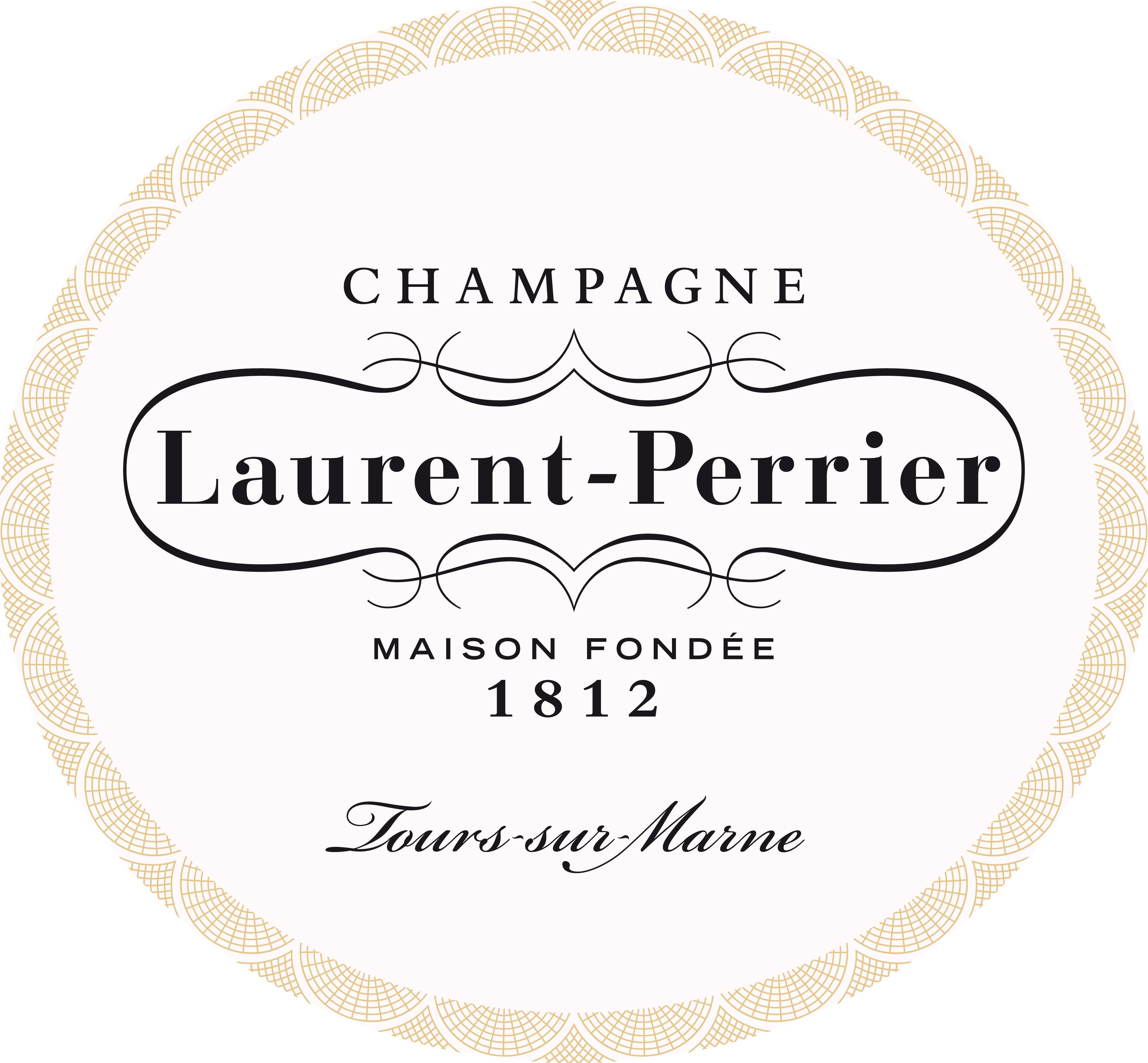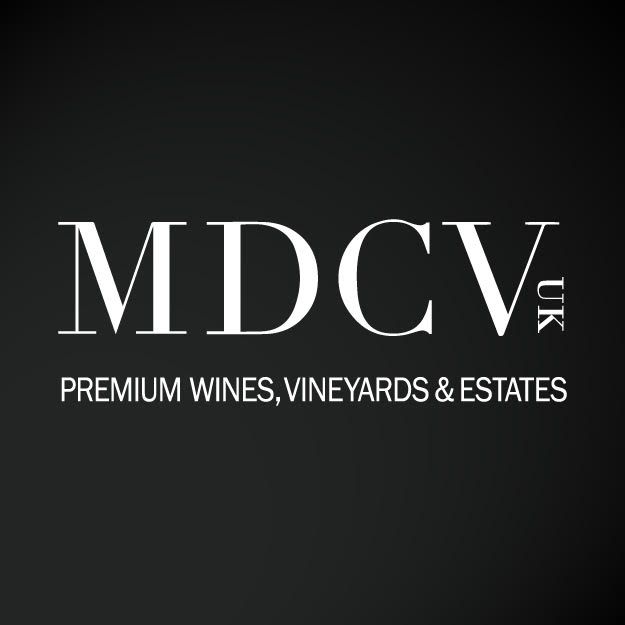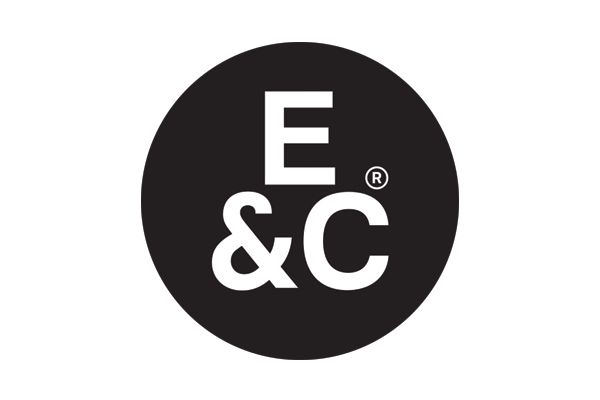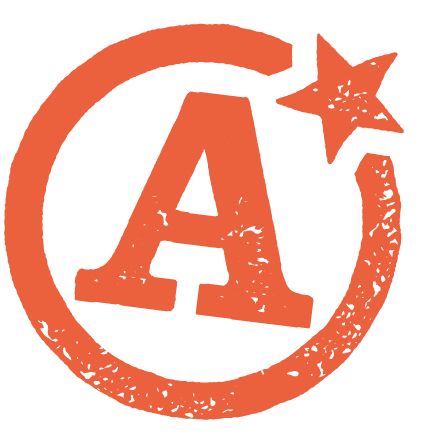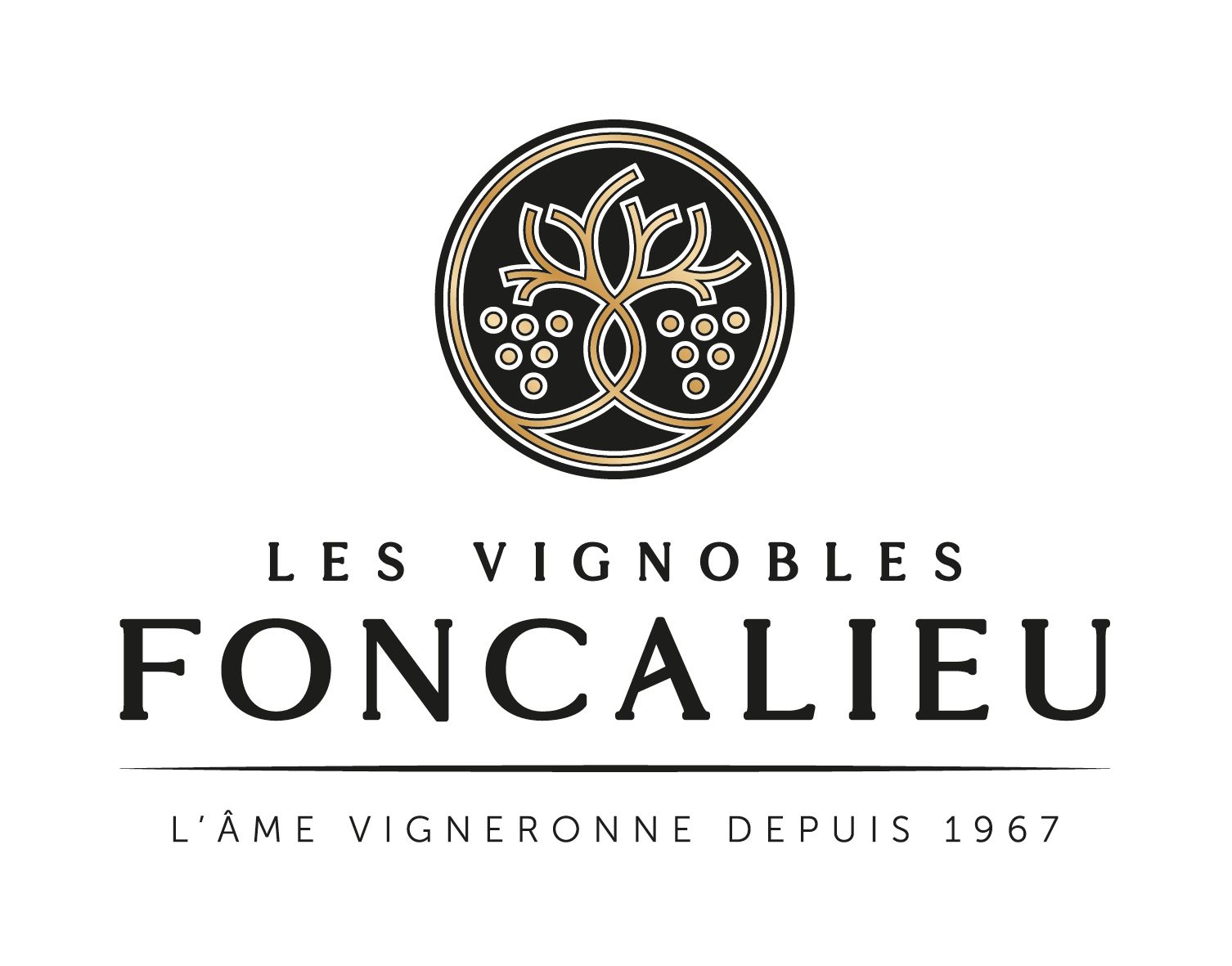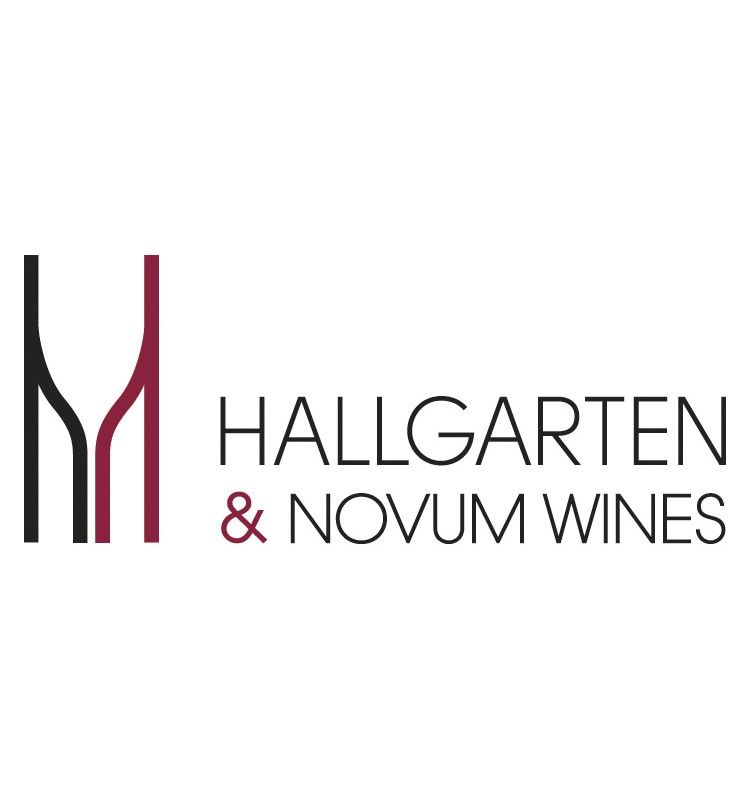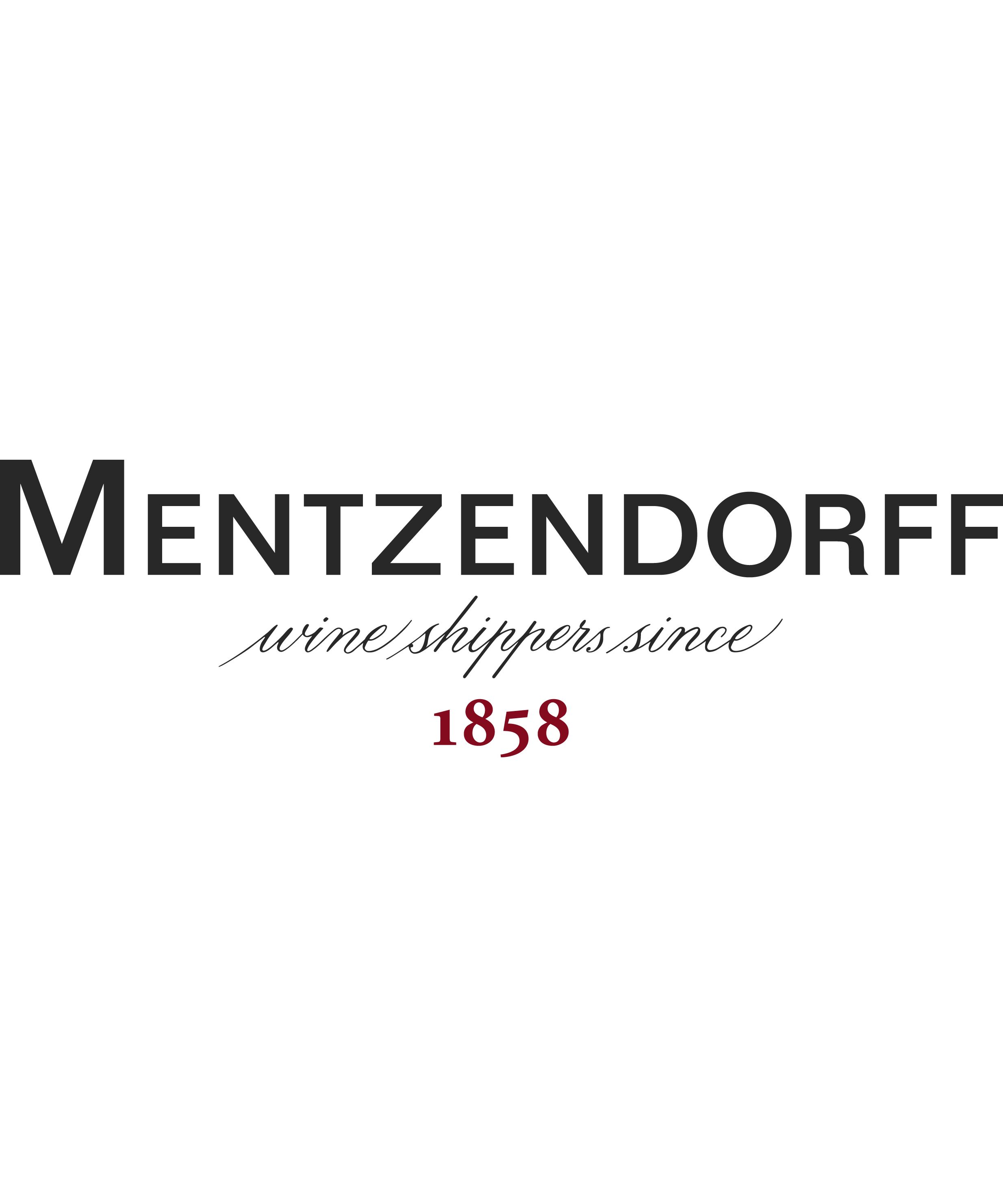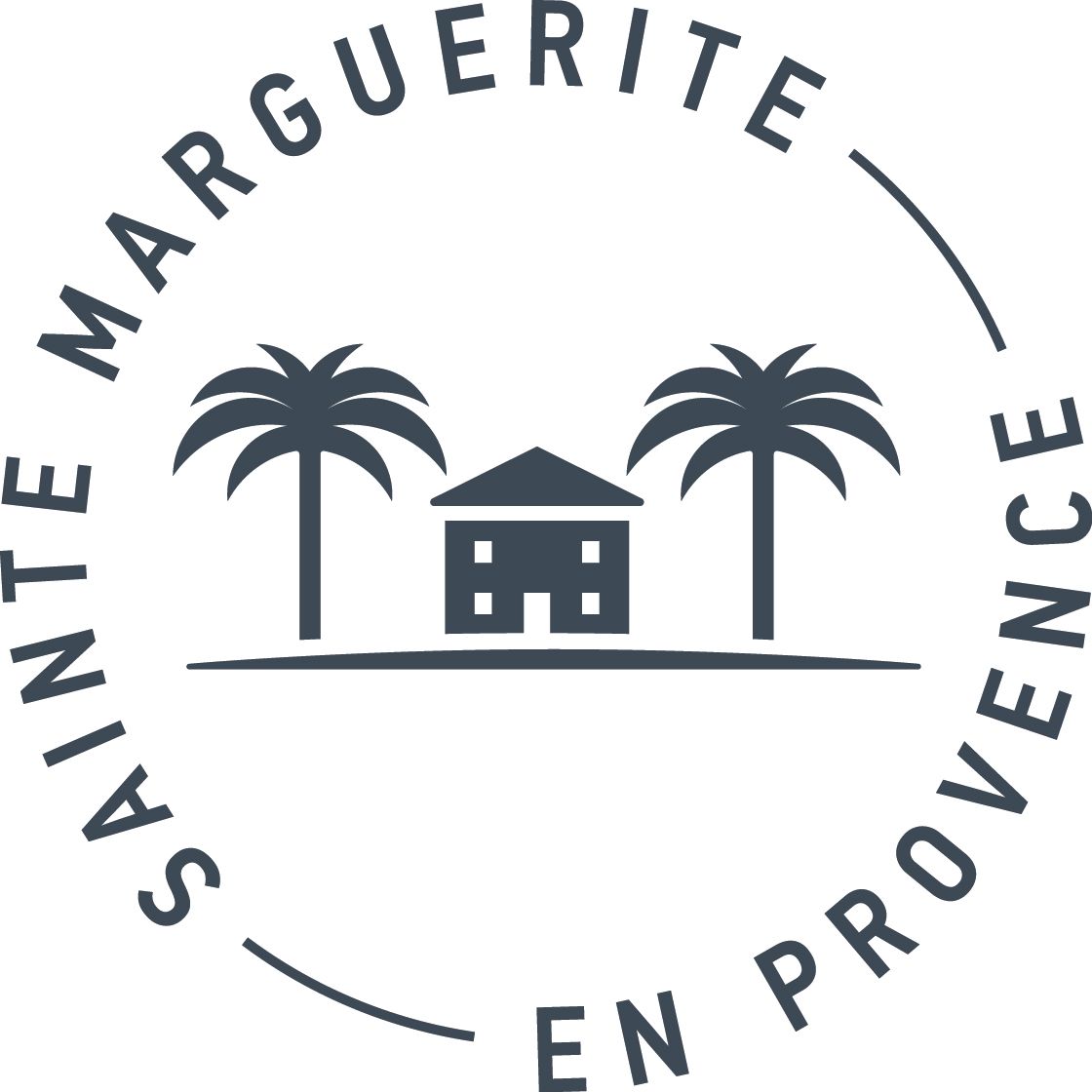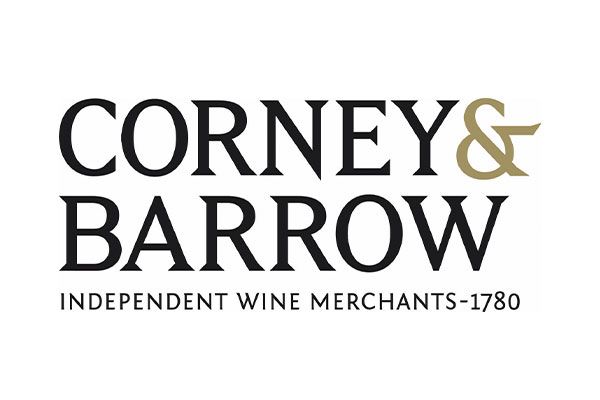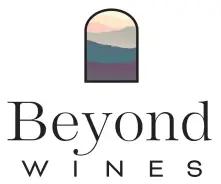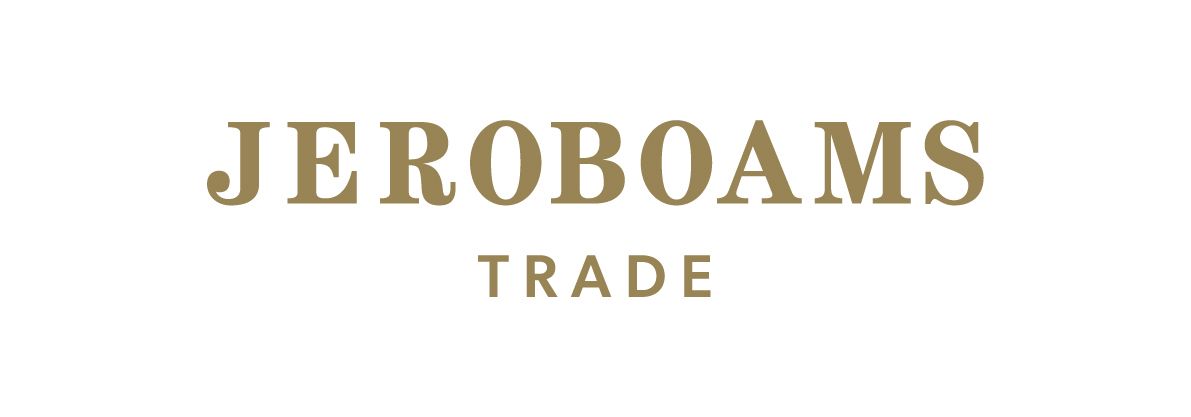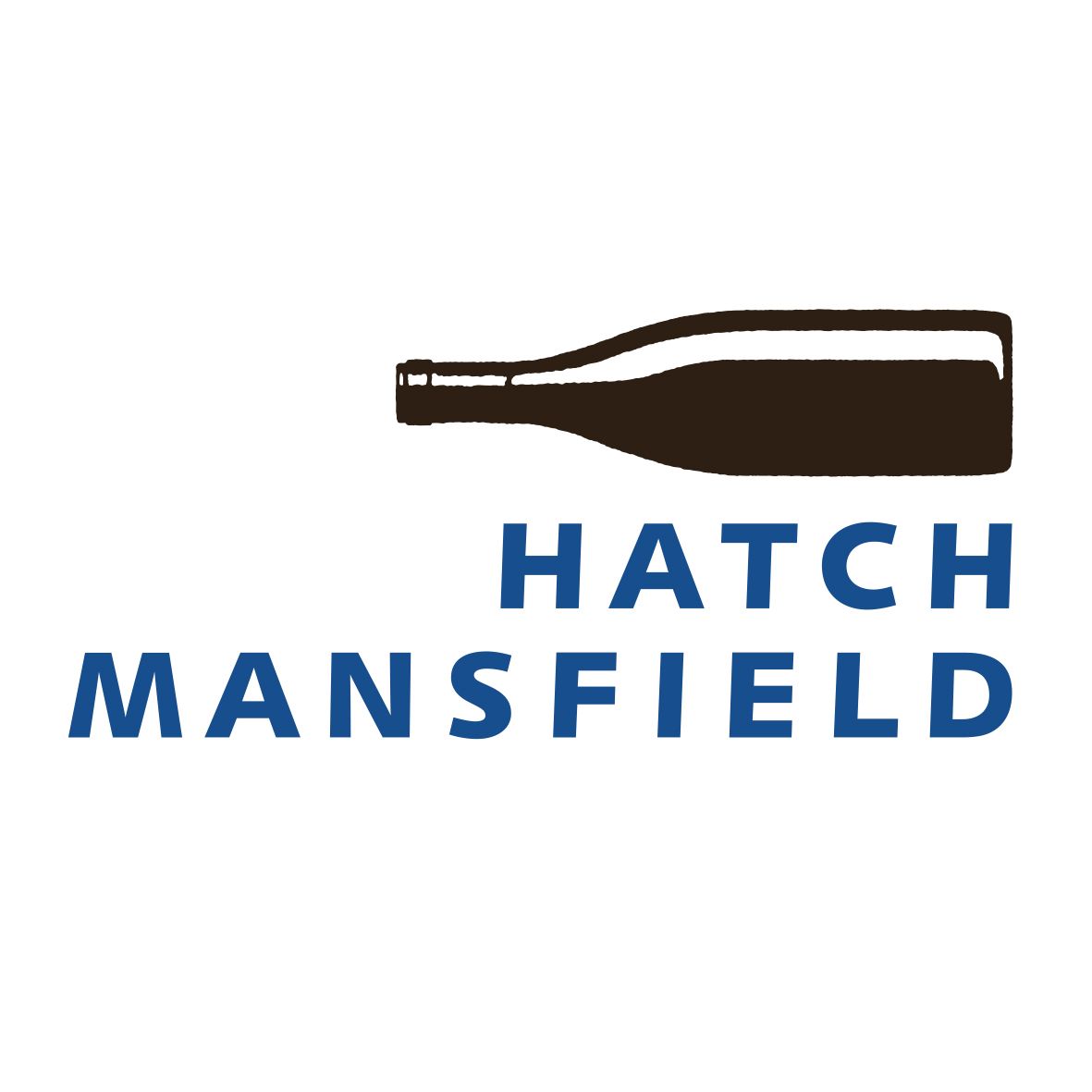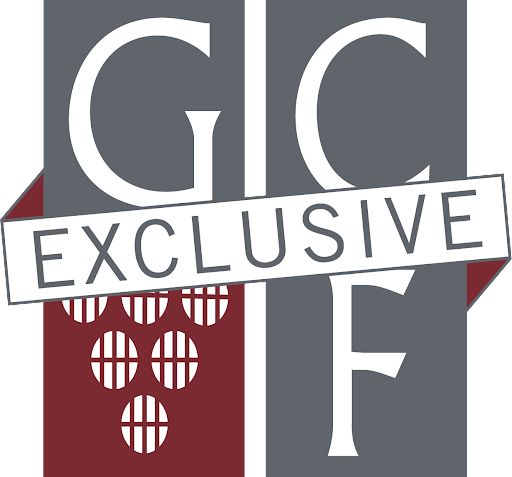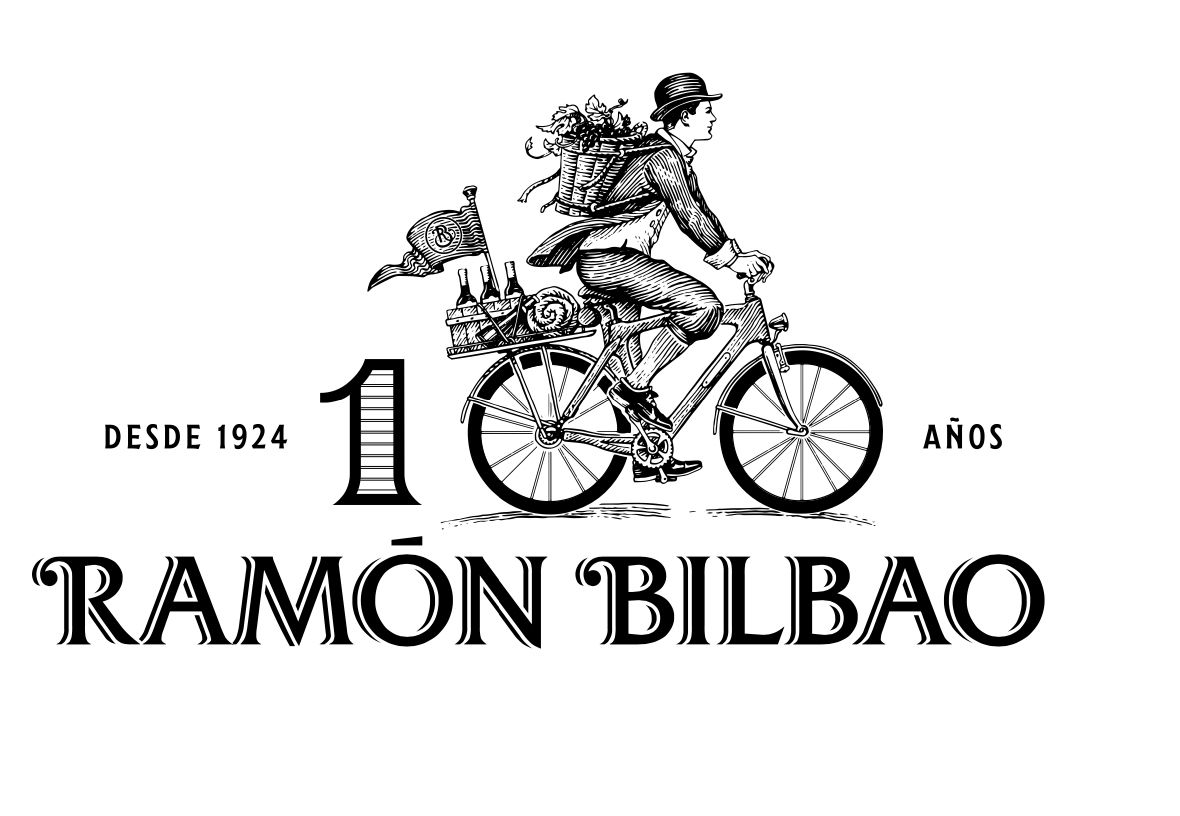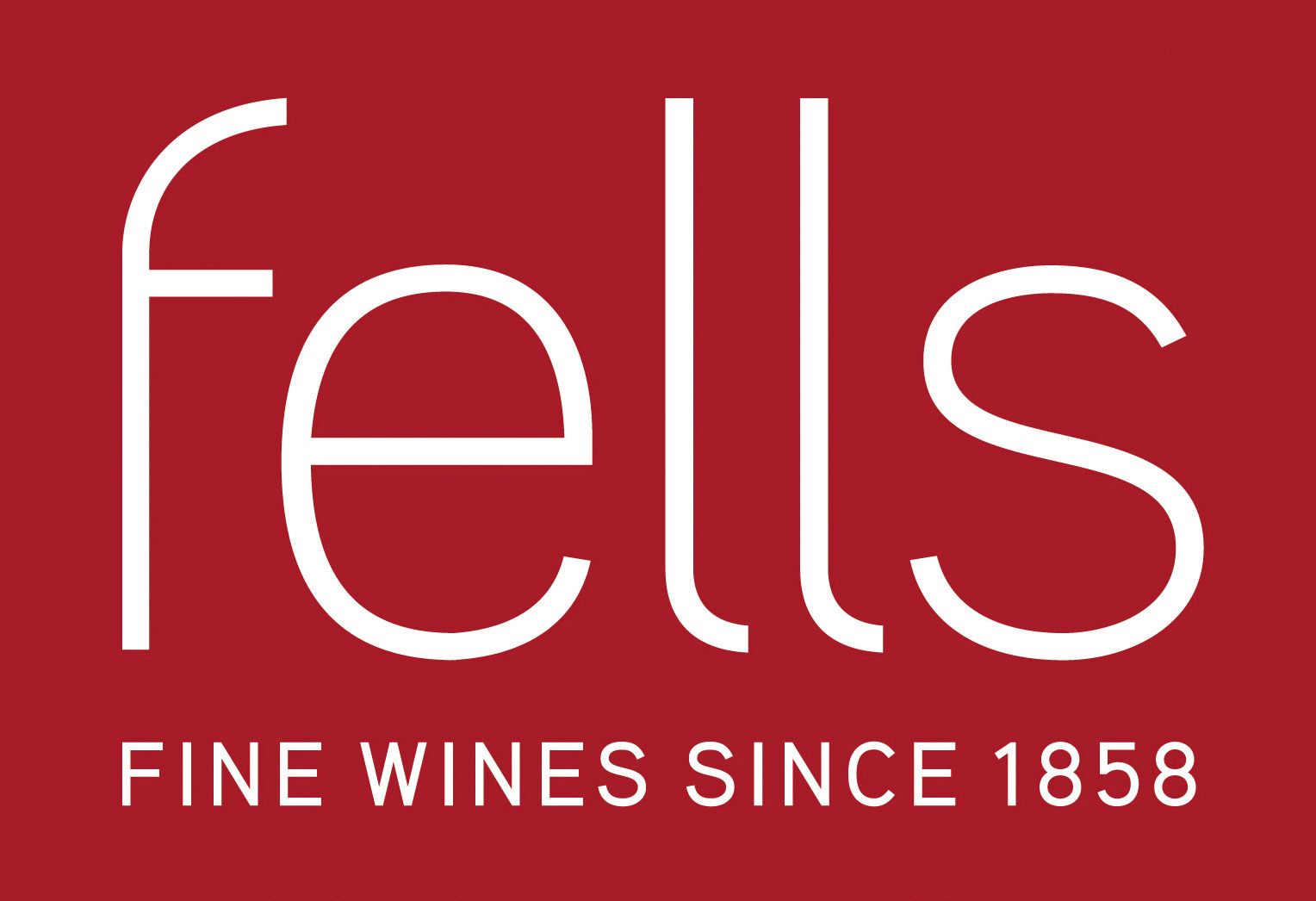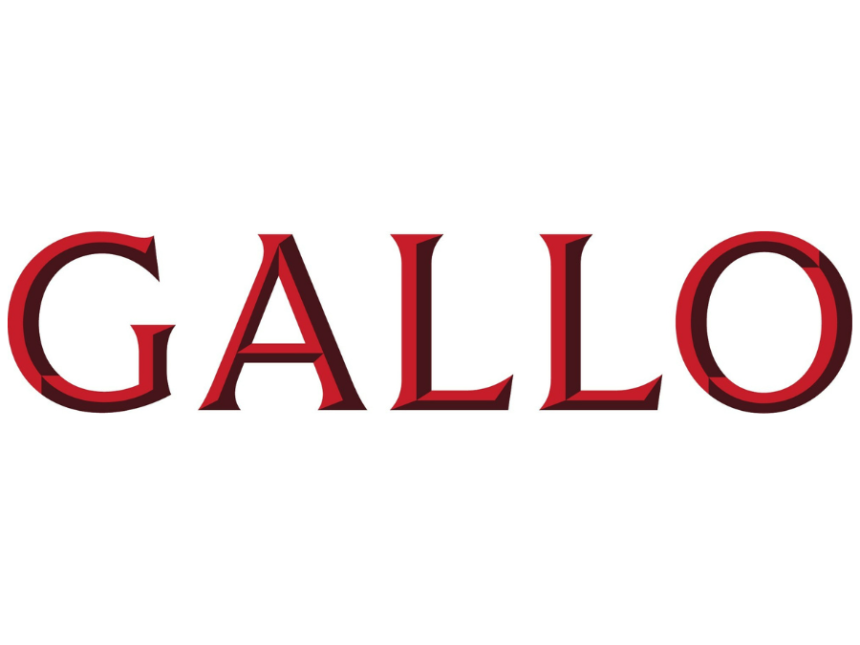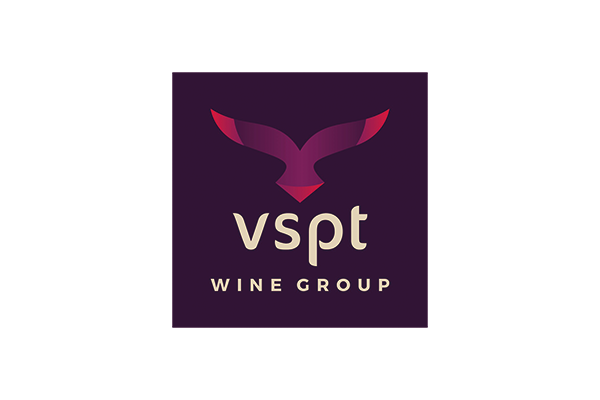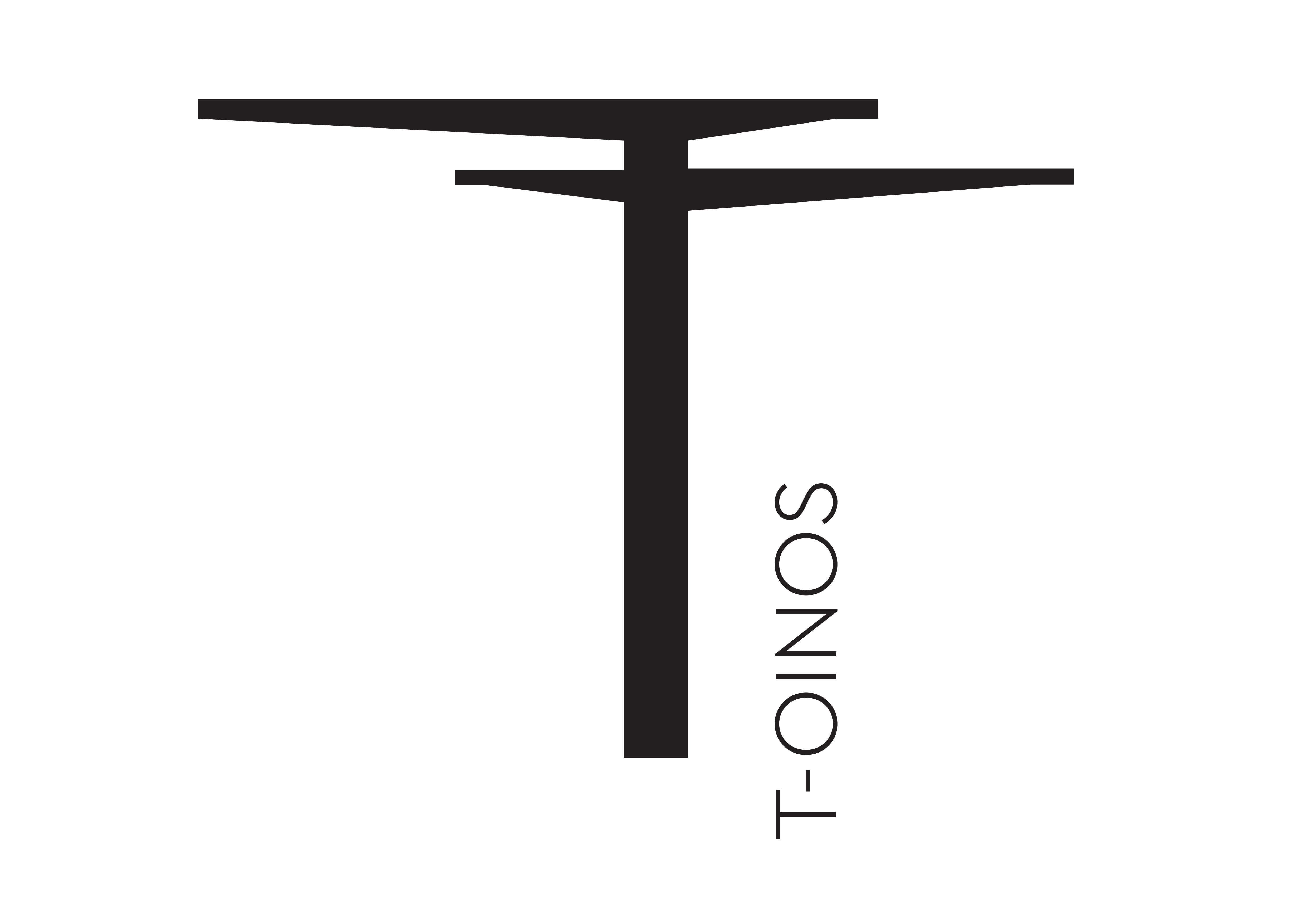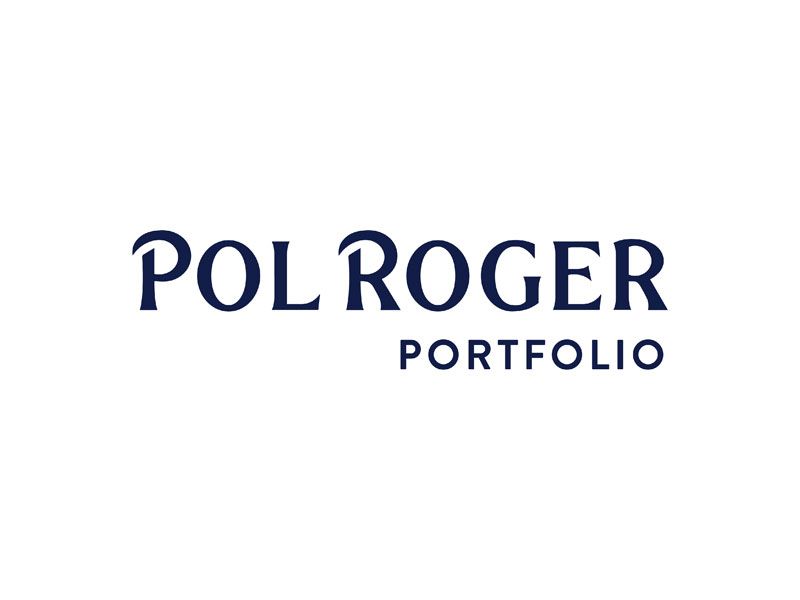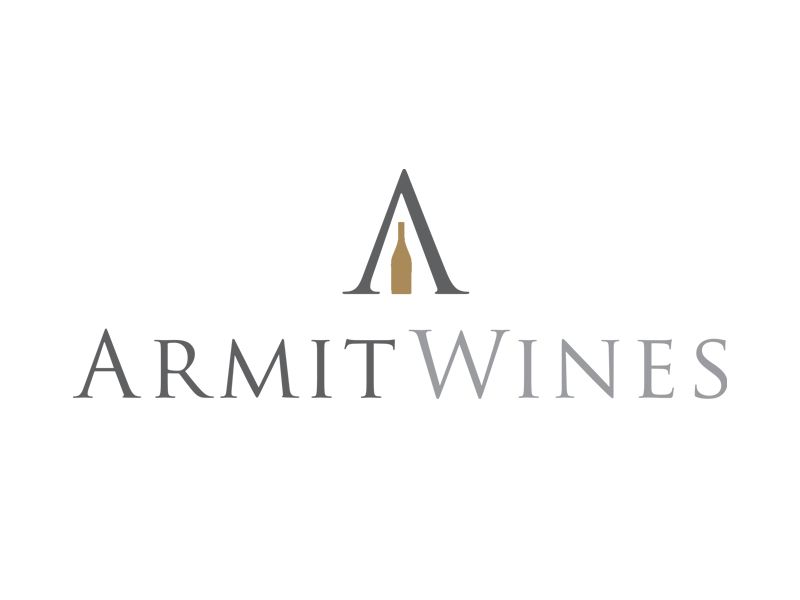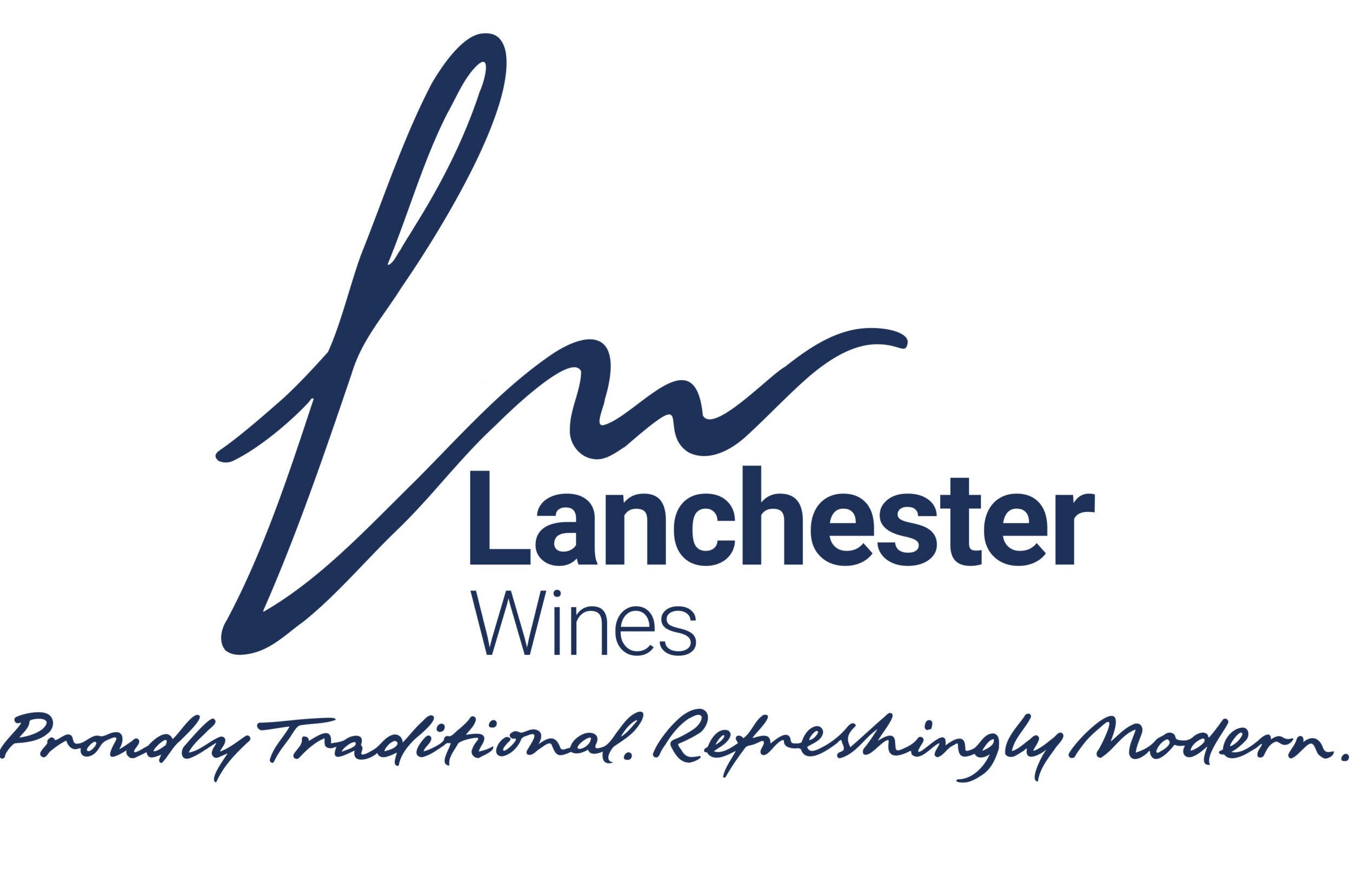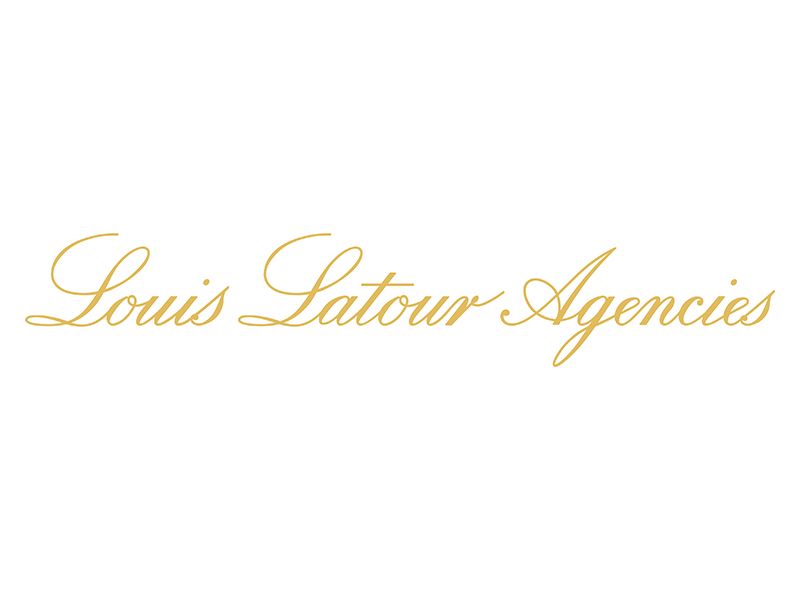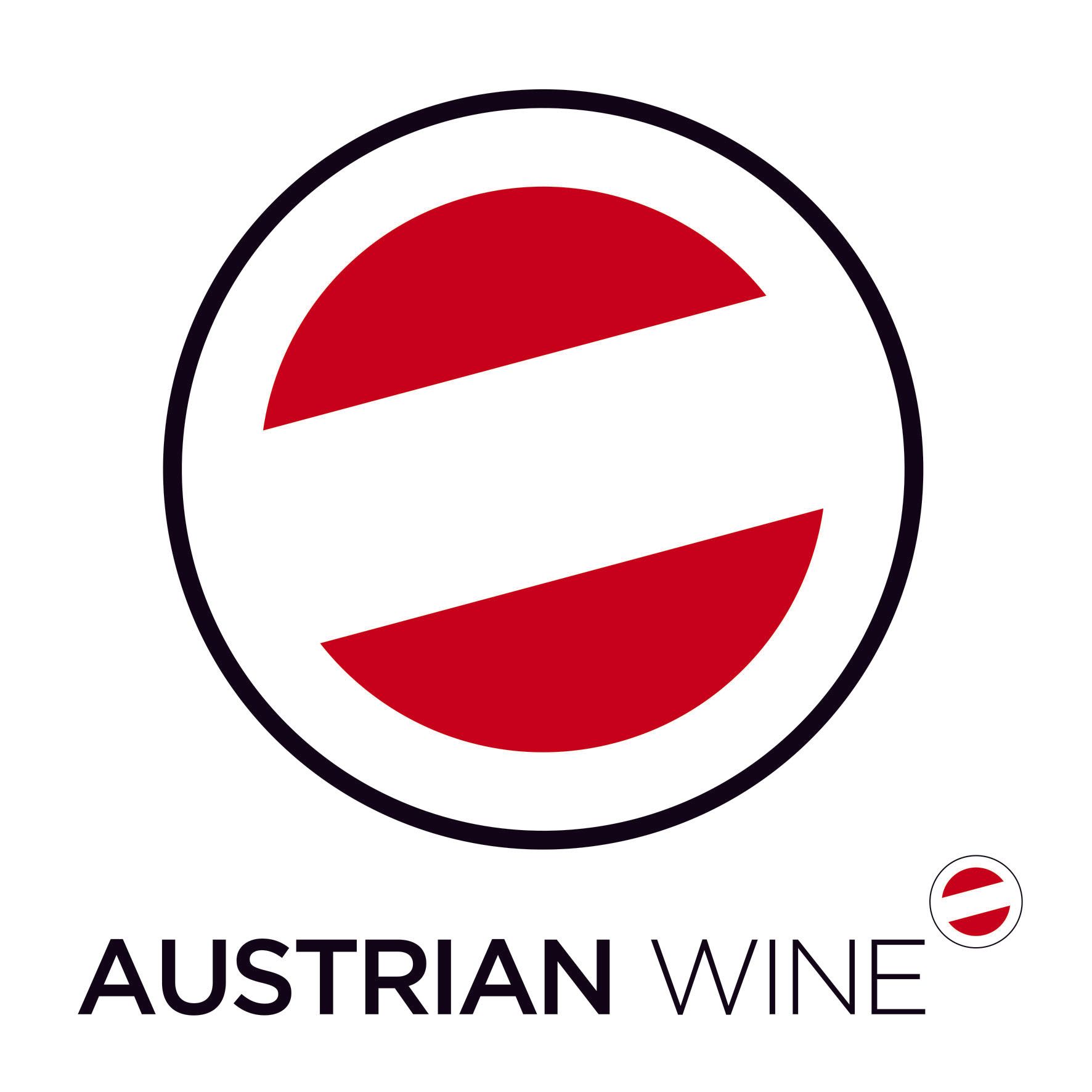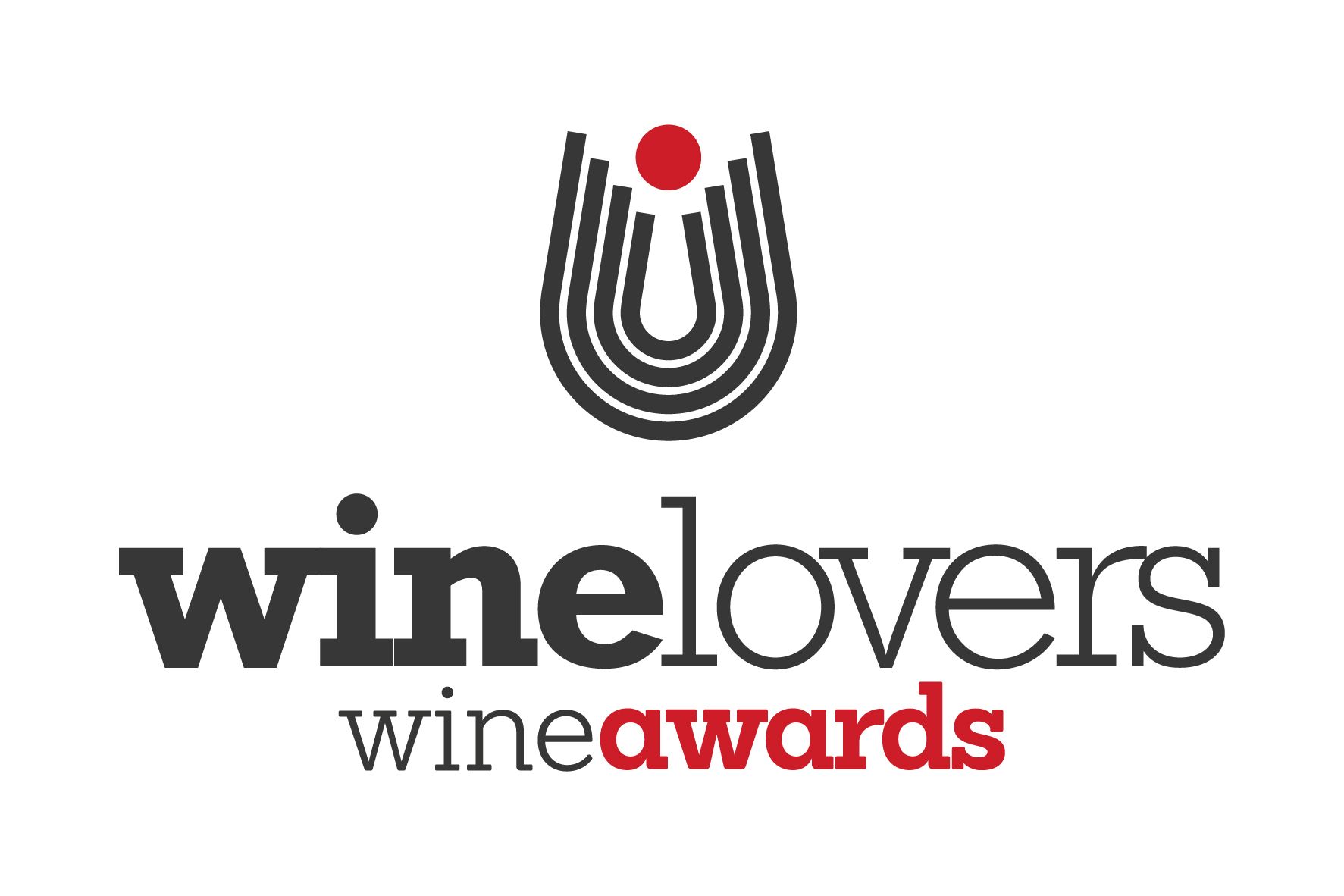How did the idea of making wine in Bhutan come about?
Ann Cross: I read a book in high school (Beyond the Sky and the Earth: A Journey into Bhutan) about a Canadian woman named Jamie Zappa who had gone to Bhutan in the 1980s to teach English, and I became enamoured of the country she described. I had told Mike a million times how much I wanted to visit since we met.
Simultaneously, we were running obscure marathons around the world. Mike got an email on one of his running lists about the opportunity to go run a marathon in Bhutan and so signed us up as a surprise for me. He didn’t know anything about Bhutan and certainly we had no intention of starting a wine industry there when we first met. We went to Bhutan to run the marathon.
I previously worked for Mattel and Disney before I became chief executive of Bhutan Wine Company in 2018.
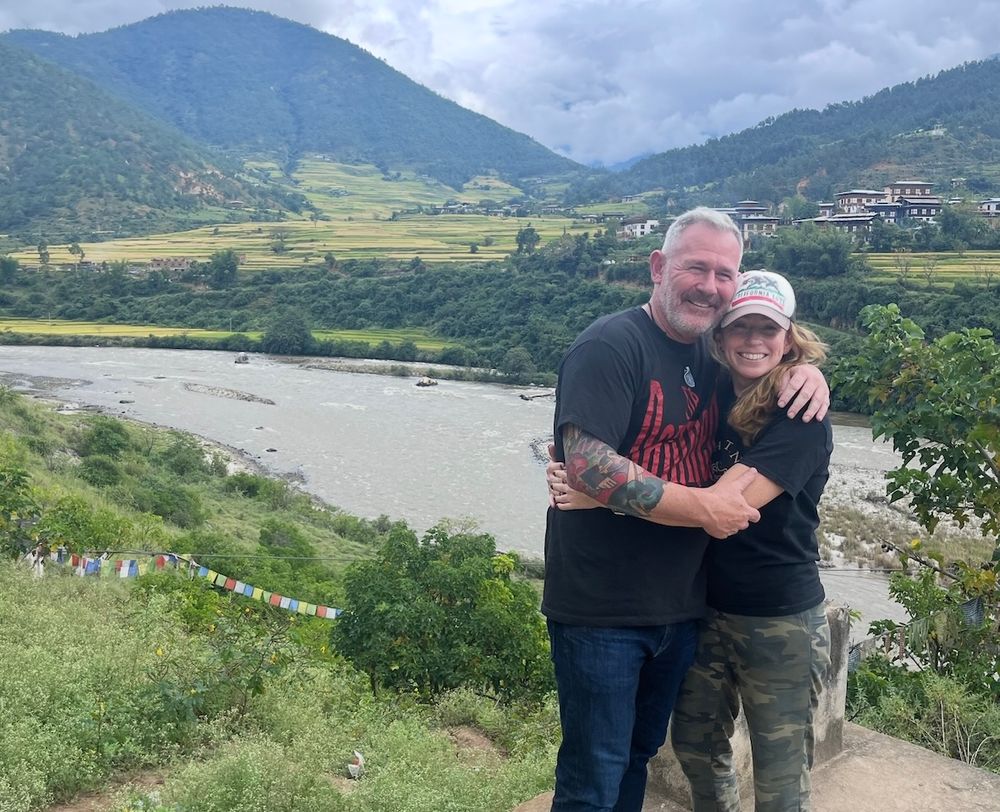
Mike Juergens and Ann Cross are making history by making wine in the Kingdom of Bhutan
Mike Juergens: My wine bug bit when I was around 22 years old and shared a 1975 Gattinara with my father. I then dabbled as an aficionado for the next 10-12 years and then got serious about studying for industry certifications. I
I’m a level 2 sommelier with the Court of Master Sommeliers, a Certified Specialist of Wine (CSW), and a Stage 2 candidate to become a Master of Wine. I’ve also written eight books about wine and am the leader of the largest global provider of professional services to the wine industry with Deloitte’s Winery Solutions and Services).
Here we talk in more detail to Mike Juergens about how they have made making wine in Bhutan a reality.
How did you go about exploring the idea of wine in Bhutan?
Go big or go home! The reality was that I felt extremely passionate that the Bhutanese were missing an opportunity to make some of the world’s greatest wine, and I just felt strongly that they should do it. Consequently, I wrote the initial white paper on it, and then a 10-year business plan and then drafted the proposed wine regulations for the country, with the idea that they should do it, and that I would love to come experience it when they were done.
The country got behind it and asked if we would consider partnering with them to make it happen [along with locals Yab Dhondup Gyaltshen and Karma Choeda] and we were a) kind of flabbergasted and b) 110% in on board for the adventure.
How did you determine which area to go to and what vines to plant?
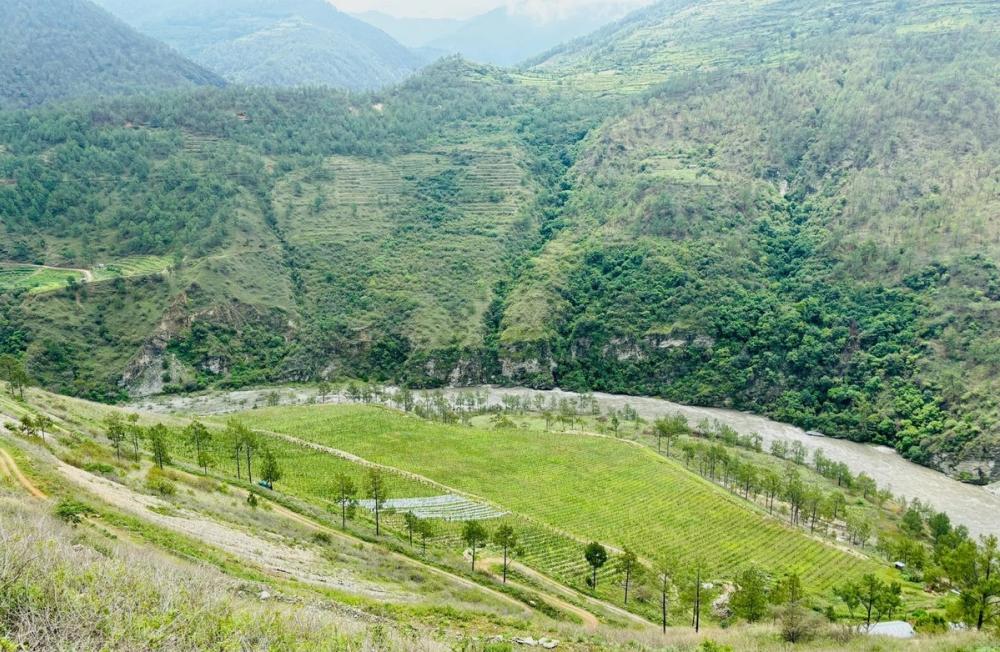
The land and terroir of Bhutan have the potential to make world quality wines, says Mike Juergens
The altitude in Bhutan goes from 500 feet in the south, to 25,000 feet in the north, a distance of about 300 miles. So there are a plethora of microclimates and soils. Rather than trying to come up with a best guess approach, we decided to initially plant nine different varieties in six radically different microclimates to assess what worked and what didn't.
Over the last few years, this has grown to now 17 different varietals in nine vineyards, and we are starting to dial in what works best in any given microclimate (variety, trellising method, irrigation/canopy management, pests (mostly birds and wasps), soil types, etc).
Who is your winemaker and how did you choose them?
Our initial winemaker was Francois Raynal, who was classically trained in Bordeaux, and helped drive the start of a winery in Myanmar for about ten years, which has similar issues to Bhutan. Our current winemaker is Matt Brain, who has worked at several prestigious wineries in Napa and taught viticulture at multiple large universities in California. We selected Matt based on culture fit both with our team and the country, as well as his extensive history making extremely high-quality wine. We also work with viticultural consultant Russell Moss.
Talk us through the wines you have made and their styles?
Our 2023 vintage was small in quantity and was designed to be more of a commemorative statement. We made one barrel of a blend of every grape and vineyard that produced fruit during the 2023 viticultural season - six red varietals and four white varieties from five different vineyards.
The vast majority of these historic first barrel wines - under the name Ser Kem, meaning 'alcoholic gift to the gods' - was gifted to people who made this project possible (government employees, investors and the Royal Family) with a small handful of special bottles being made available for the auction taking place via Bonhams in April 2025.
The final blends and single varietal wines from the 2024 vintage are not yet fully finalised, but we will produce a single varietal off-dry Riesling, a dry Sauvignon Blanc that is a blend of barrel-aged and tank-aged Sauvignon Blanc, a Chenin/Chardonnay blend, and a Traminette. We also crafted a single rosé from Syrah.
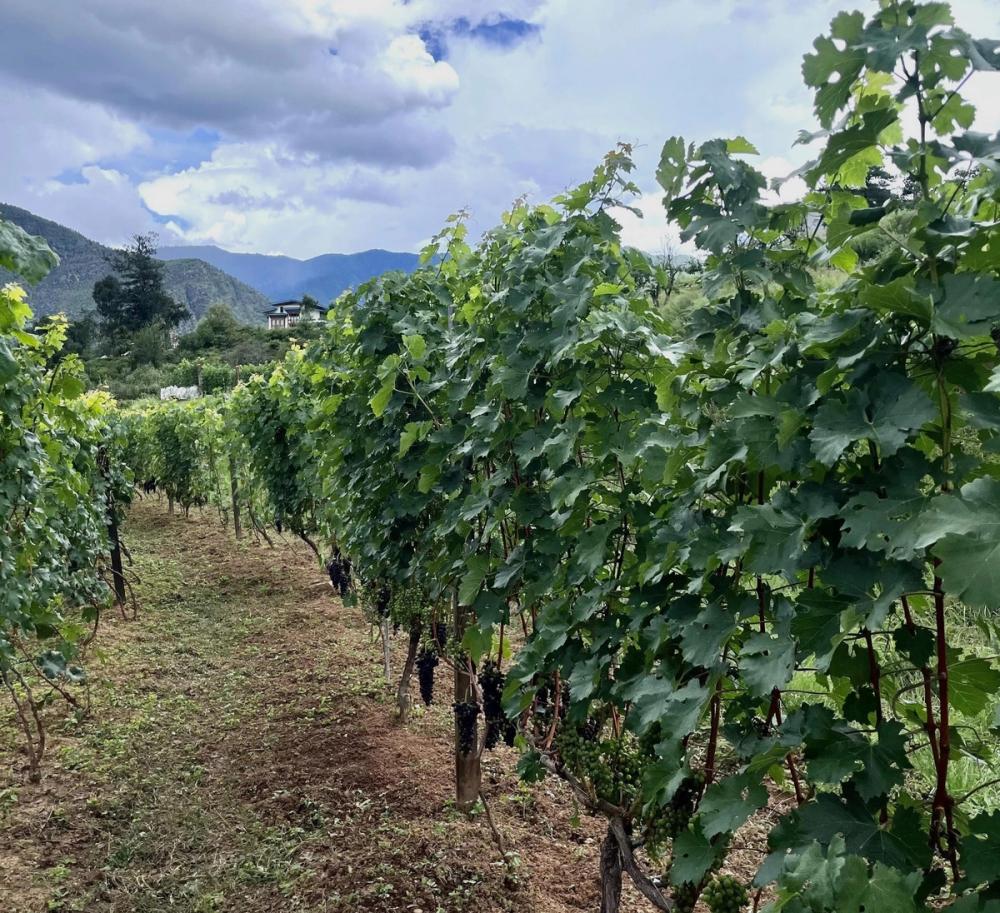
Bhutan is suitable for planting a mixture of red and white classic grape varieties
For reds we currently have three different Bordeaux blends from different terroirs, a Tempranillo blend, and a Pinot Noir. All of these are produced in small quantities (about 300 cases in total across all wines).
We have not yet finalised all of the blends for 2024 nor have we determined if we will make any of the 2024 vintage available globally. We know that we are pioneers.
You are now selling them at auction - tell us about that?
Imagine if you had a bottle of wine from the first barrel ever produced in France? Or Italy? Or the United States? These wines would be in a museum, or the pride of someone's collection. We believe the last country to design and build a wine industry where vitis vinifera didn’t exist was New Zealand in the 1800s.
Frankly, Bhutan could be the last place in the world to do this, unless climate change starts melting places like Sweden. Consequently, we felt strongly that we needed to allow the wine world to participate in acquiring a few of these historic bottles.
Who do you think will be interested in these wines?
Any serious collector or wine curated museum collection would be missing an enormous opportunity to get their hands on a piece of world wine history of the 2023 First Barrel wines.
Going forward, we believe that Bhutan will be making some of the world's finest wines, given the expression of unique terroir, in the world's first carbon negative country breathing pollutant-free air, drinking pure Himalaya water in fertile untainted soils.
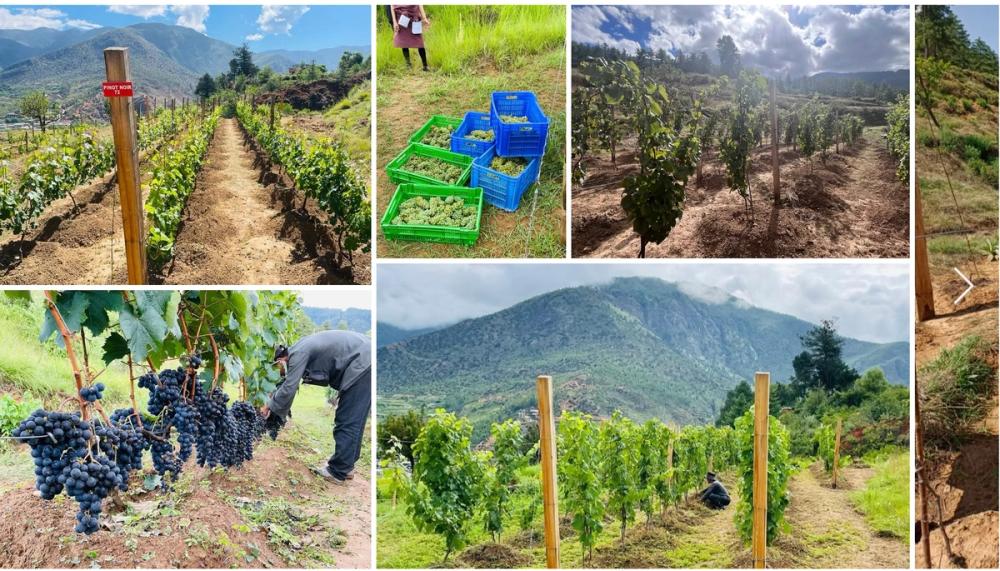
The vineyards at Paro in western Bhutan
Bhutan currently grows some of the world's best crops in obscure verticals such as red rice or cardamom, so it seems likely that vinifera will not only thrive there but will have unique characteristics. And we are seeing this in the wines today. Not just us, but lauded wine professionals like Jancis Robinson MW (who also sits on Bhutan Wine Company's advisory board) have expressed similar views.
What are the next plans for the wines and the wines you will make?
We currently have 200 acres of vineyards and would like to expand to 2,000 acres over the next seven years. This offers us the opportunity to continually explore new microclimates in the country and different varietal expressions.
While the fine tuning of which varieties and which techniques flourish best in a particular microclimate will take the next few hundred years to sort out, our plan is to continue exploring the art of the possible. We'll double down on things that work and get rid of things that don't.
But our overall strategy is to not make "recipe wines" but instead try to capture the essence of Bhutan in a bottle of wine and share that with the world. We're still learning what that is though. We have absolutely no outcome in mind other than finding out what Bhutan means to wine, if it takes ten years or an eon.
What challenges have you had to make the wines?
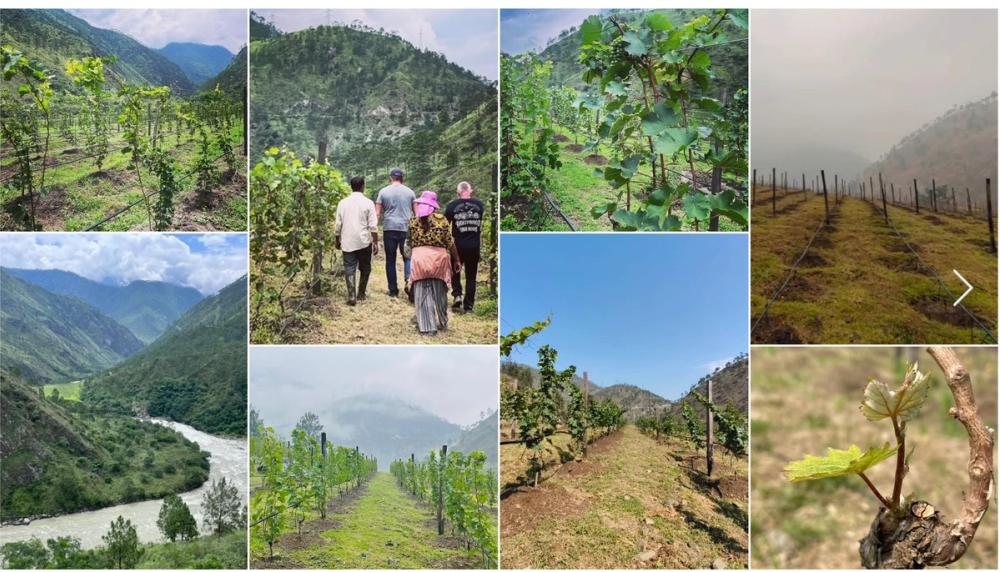
With such unknown terroir and climatic conditions the winemaking team are having to learn every day what is the best way forward
Too many to list, but at a high level:
1) Bhutan has never grown vitis vinifera, and so we have zero data on what works or doesn’t.
2) Every vineyard is completely unique, so figuring out strategy is on a vineyard by vineyard basis and they are all different.
3) Bhutan is in the heart of the Himalayas, and so supply chain issues abound.
4) Pests are different - for example, Bhutan has a species of wasp that is strong enough to bite through the skin of a grape. This doesn't exist anywhere else in the grape growing world, and so there isn't a lot of data on how to solve for that. Monkeys are another example. Not a lot of monkey pressure in the vineyards of Bordeaux or Napa, so we don’t have tried and tested protocols for managing this. Oh, and we also have cobras as neighbours.
5) Preservation of the Bhutanese culture is of paramount importance to us, so we have to figure out a way to build and to modernise but also to protect.
6) It's the first carbon negative country on the planet, so we have to be very mindful of our viticultural practices, which reduces options for controlling things like mildew during the summer monsoons.
What has surprised you the most?
I don't think that either of us appreciated the Bhutanese culture. They have a way of living and viewing the world that is very different from the American lifestyle we grew up in and know. Every time I go to Bhutan I feel like I come home a better human being. Which isn't why we started this project, but is a great adjacent benefit.
Also, many people don’t know about Bhutan. But the ones that do, particularly if they've been there, are as enamoured with it as we are. So we also get to feel like we're part of this really cool and exclusive club that most people don’t even know exists.
What have you learned most?
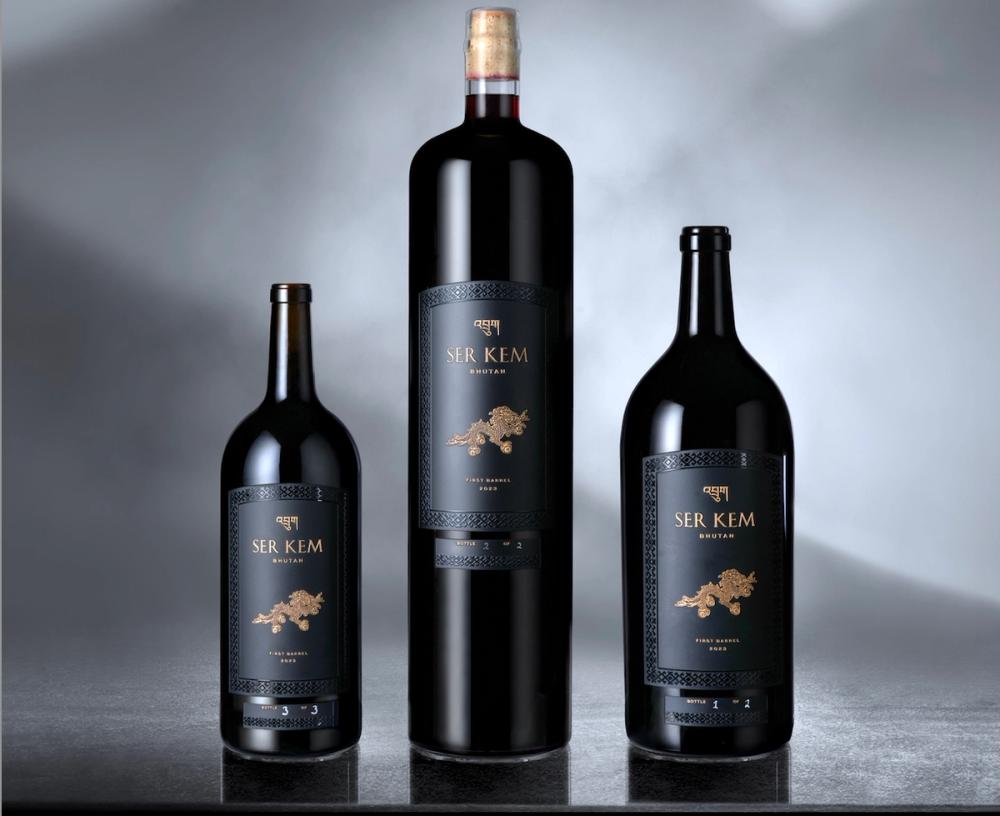
Some of the wines that are going on auction at Bonhams
I believe that humans are genetically wired to have wine be an intrinsic part of the human experience. For over 10,000 years wine was our medicine, our religion, our fun, how we purified our water and survived, etc etc. Any serious wine professional can tell you in detail the moment that they had the wine that changed their life.
Climate change is real, and is today it's impacting styles of classic regions. Bordeaux is approving new varieties, Champagne producers are buying land in England, and so on. It is becoming apparent to me that 50, 100, 200 years from now it will be difficult to make balanced wines in classic regions. Producers have to move away from the equator, and they can go north, south, or up. We're going up.
And by doing so, it's possible that we may have saved wine for humanity for the next millenia. This isn't why we started this, or our goal, but it is possible that we may have just been in the right place, at the right time, with the courage and the capability to pursue a dream.
* You can find out more about the Bhutan Wine Company here.
* The Bonham Auction takes place until April 24 and includes a number of bottles with estimated prices of $4,000 to $40,000 a bottle. Highlights of the auction include a 7.57L bottle, 'The Himalayan', that pays tribute to Bhutan's Gangkhar Puensum mountain, the highest unclimbed mountain in the world standing at 7,570 metres high. Other lots include an invitation to Bhutan to visit the winery and a private Ser Kem tasting with senior members of the Bhutan Wine Company.


